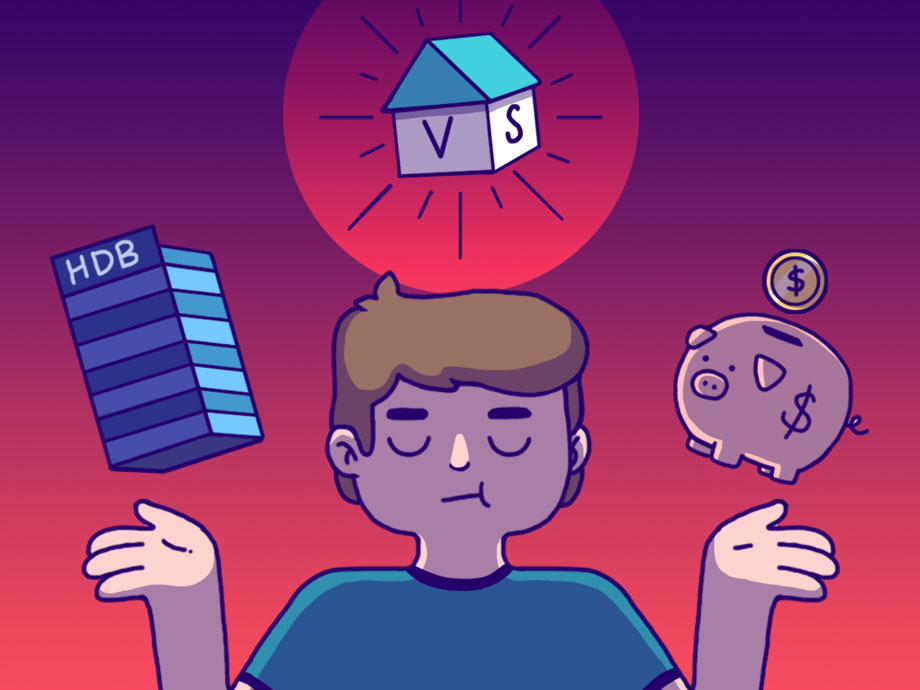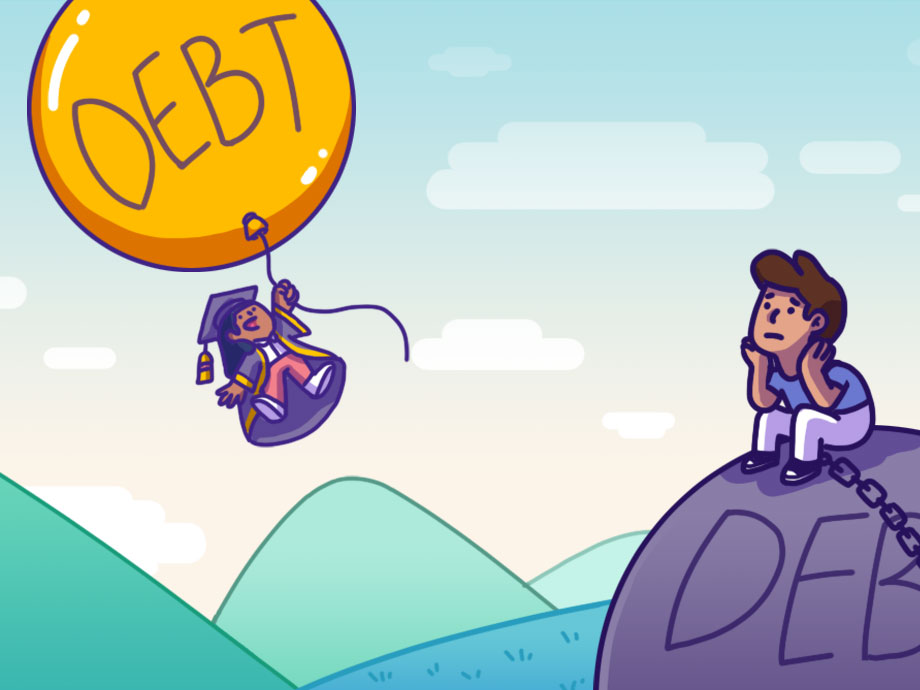Managing Debt | Personal Finance | Article
How to Clear Debts Fast
by Sophia | 6 Jun 2019 | 6 mins read
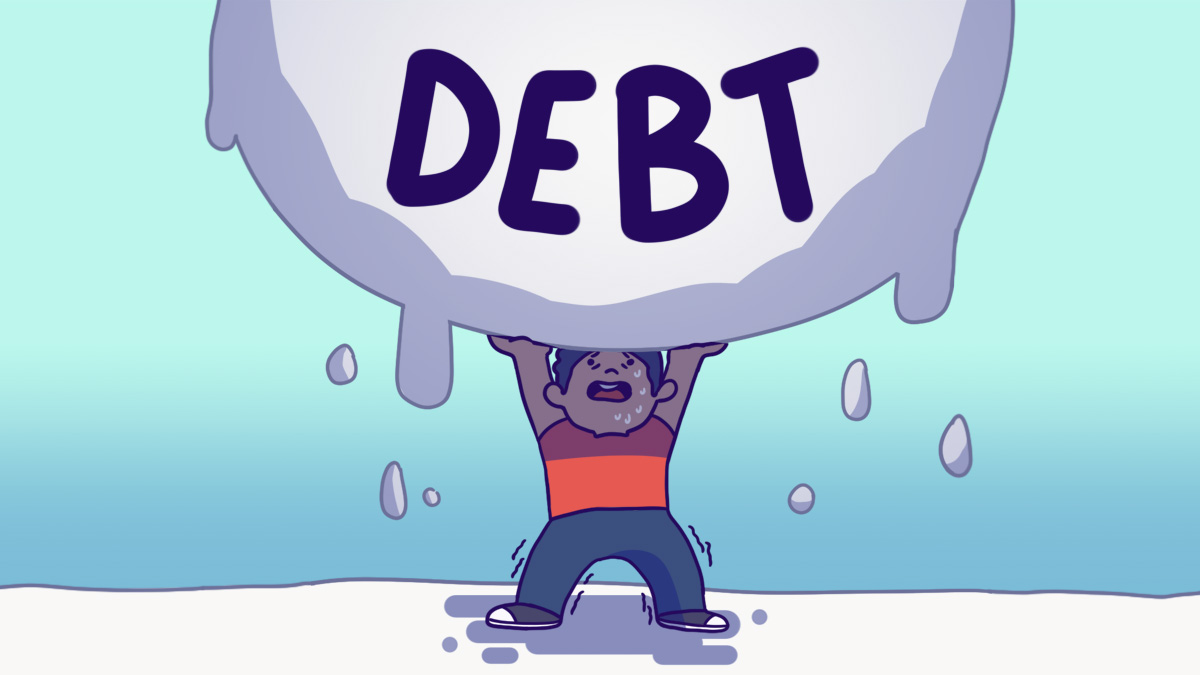
One moment someone’s paying for groceries with a credit card, and the next thing they know – after a few forgotten payments – they are saddled with $50,000 in debt.
Debts can easily arise from bad financial habits. But it can even arise when bad luck strikes – from losing a job, to falling gravely ill.
To tide over a rough patch, one might be tempted to take out a loan or rely on a credit card. After all, It’s just a temporary thing till things get better.
But sometimes, things don’t improve, and debt starts to compound, snowballing out of control.
So, the nightmare begins.
The red letters demanding repayments start to pile. By then, it can seem like there is no way out. If you find yourself in this situation, don’t lose hope. Here are some strategies to help manage debts that seem out of control.
Managing Your Web of Multiple Credit Lines
A common problem faced by debtors is the complexity of juggling multiple payments.
Needless to say, the main priority is to clear these debts fast, before the accrued interest gets higher and higher.
There are two common methods to tackle multiple debts:
Snowball Method
- Pay the minimum sums* for all debts
- List out existing debts in order from smallest to largest
- Put the remainder towards the smallest debt to clear it off, and continue onto the next smallest debt
Avalanche Method
- Pay the minimum sums for all debts
- List out existing debts according to interest rates from largest to smallest
- Repay as much as is possible for the debt with the largest interest rate, before moving on to the next one and so on
*minimum amount possible that reduces some debt principal
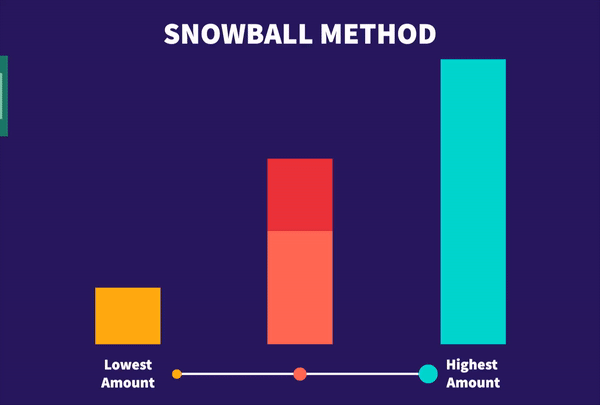
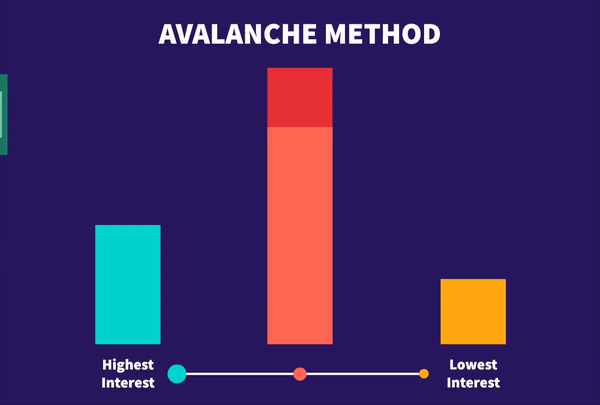
Both methods place an importance on first paying off the minimum sums for each debt, so some of the principal (original amount loaned) is being chipped away, preventing the debt from growing bigger.
But more importantly the methods help debtors list and take stock of their debt situation, and provides a simple action plan to keep a debtor focused on clearing off their debts.
We have some recommendations between these two methods. The Avalanche method is better suited for those who are struggling with credit card debt in addition to low-interest or smaller loans. By dealing with the higher interest loan first, no snowballing will occur – and the loan is settled in a shorter period of time, thus incurring lesser interest.
The Snowball method can be used for low interest or smaller loans, whether it’s a personal loan from family or overdue bills towards telcos or utilities. This is a systematic way of handling loans and bills in an organised way, without neglecting any by accident.
But When It All Seems Too Much
But what if a debtor can’t even pay off the minimum sums for all their bills?
Perhaps they lack personal finance fundamentals – such as budgeting – so they find it hard to find the money to make consistent repayments.
There are schemes available that can help debtors, either by lowering the interest rates on debt, simplifying the debt repayment process, or by bringing in third-party assistance to assist the debtor to create a debt repayment strategy.
Note that all of these programs only deal with unsecured debt – think credit card or personal loans (not loans directly tied to assets – like housing or car loans).
Here are some unsecured loans:
- Credit card loans
- Credit lines
- Personal loans
- Education loans
- Renovation and furnishing loans
Debt Management Plan (DMP)
This scheme works with debtors to create a personal budget, so they can set aside cash every month to make regular debt repayments. A monthly installment plan is also drawn up and outlayed – so an end is in sight.
DMPs can also help negotiate with creditors to get favourable interest rates on outstanding loans.
Credit Counselling Singapore (CCS) is a non-profit organisation that provides DMPs for individuals with unsecured debts.
Eligibility for their programme is examined on a case-by-case basis. There is a one time fee of $30 for a counselling session. Purchase of a credit report is also required for assessment.
Public record
- DMP status will not be on public record
Debt Consolidation Plan (DCP)
Under DCPs debtors can take a single loan to payoff the others unsecured debts, so they just focus on clearing one bill.
There are many banks in Singapore that offer this scheme to borrowers.
Note that DCPs are commercial products, so there are differing loan interest rates and processing fees from institution to institution.
The effective interest rates (EIR) offered by DCPs generally hover below 10%, so they can be lower cost than other forms of debt, such as credit card debt, typically around 20+%.
Ask for interest rates specific to your required sum (do not take advertised interest rates at face value). Seek a loan with the lowest interest rates and fees to quicken the repayment process.
Eligibility requirements
- Singaporean Citizenship or PR required
- Income: $20,000 to $120,000
- Unsecured debt must exceed 12 times the borrower’s monthly income
Public record
- DCP status will not be on public record
Debt Repayment Scheme (DRS)
For the worst case scenario of imminent bankruptcy proceedings in court, there’s the DRS as an alternative to declaring bankruptcy.
It is a program managed by the Ministry of Law. The court will assign an Official Assignee (OA), as a sort of mediator between debtors and their creditors.
OAs assist the debtor to build a repayment plan – lasting 5 year or less – to be proposed to creditors. However, full cooperation and transparency is required by the debtor. If uncooperative, the OA can remove the debtor from the scheme and bankruptcy proceedings will resume.
Eligibility requirements
- When a bankruptcy application is made to the High Court
- Debts do not exceed $100,000
- Debtor has not been on the DRS program the last 5 years
- Not a business owner
OA Fees
- $300-350 annual management fee
- $250 per meeting with creditors
- 1.5% of the total amount collected
Public record
- DRS status will be on public record
In the end no mountain is insurmountable – even one made out of debt. For borrowers who are beginning to find themselves in trouble, it is not the end. With every step in the right direction (and a whole lot of discipline and transparency), a debt-free life is possible.



